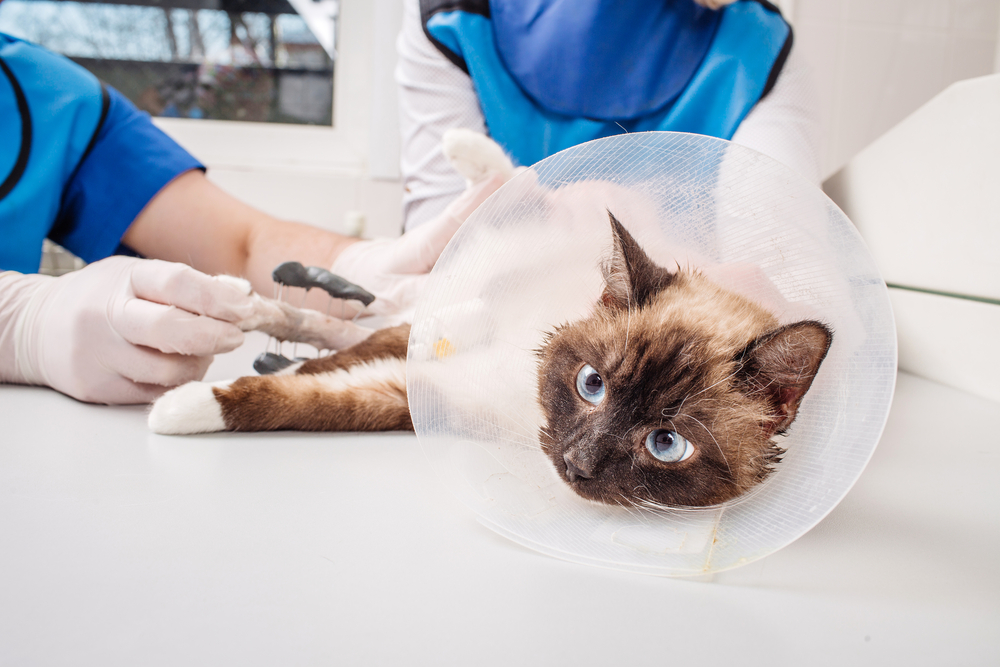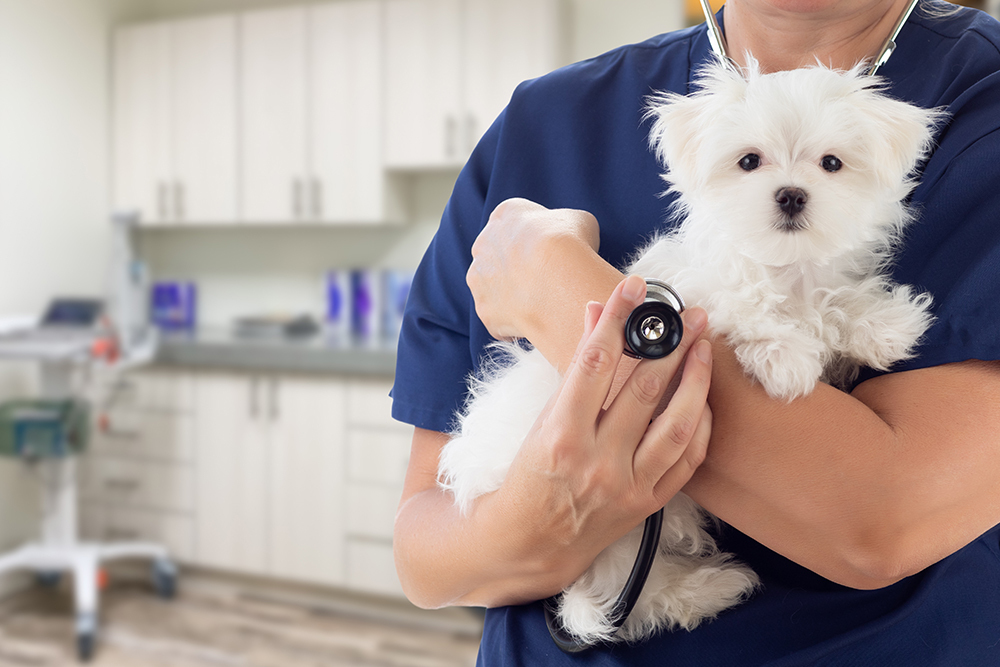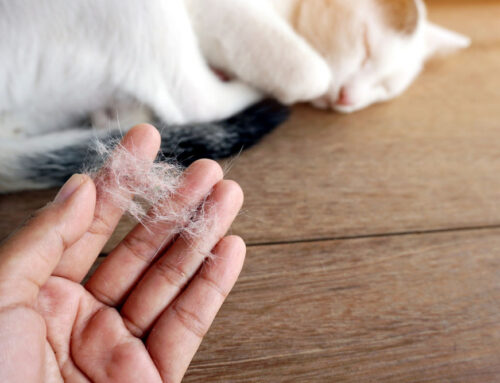Is Spaying or Neutering the Right Call?
A Practical Guide to Supporting Your Pet’s Long-Term Health
Welcoming a new pet into your life is exciting—and sometimes a little overwhelming. Among the many decisions you’ll face as a pet owner, one of the most important early decisions is when to spay or neuter your pet.
At Wales Animal Clinic, we know how personal this choice is. Our goal is to provide straightforward, supportive guidance to help you make the best decision for your pet’s health and well-being.
What It Means to Spay or Neuter
Spaying and neutering are safe, common surgical procedures that prevent pets from reproducing.
- Spaying removes the ovaries and uterus of female pets.
- Neutering removes the testicles in male pets.
While often associated with population control, these procedures come with additional health and behavioral benefits that many pet owners aren’t aware of.
Clearing Up Common Misconceptions
It’s natural to have questions. Will it change their personality? Is it really necessary for indoor pets?
These are common concerns, but spaying or neutering won’t erase your pet’s personality. In fact, it may reduce certain behavioral issues. And even indoor pets can benefit from the medical protection these procedures provide. For more on common myths, check out Spay/Neuter Your Pet by the ASPCA.
Medical Benefits: Spaying
Spaying offers several important health benefits:
- Eliminates the risk of pyometra—a dangerous uterine infection. Learn more from Cornell University.
- Reduces the risk of mammary tumors, especially when done before the first heat.
- Prevents ovarian and uterine cancers, and of course, unwanted pregnancies.
Medical Benefits: Neutering
Neutering can significantly improve quality of life for male pets by:
- Eliminating the risk of testicular cancer.
- Reducing the chance of prostate issues and hormone-driven behaviors like roaming or aggression.
- Supporting a calmer, more manageable temperament.
Behavior: What Changes—and What Doesn’t
Spaying or neutering can help minimize behaviors like marking, roaming, and aggression—especially when done early. But hormones aren’t the only factor in a pet’s behavior. Training, environment, and socialization still play a major role.
Some people don’t want to spay or neuter for fear of their pet becoming overweight, less active, or less social. These behaviors are normal for some pets aging out of puppyhood and into older, more mature dogs- not caused by the surgery.
What to Expect Before, During, and After Surgery
We understand that surgery can feel intimidating, so here’s a quick overview of what the process looks like:
- Before surgery: Your pet will need to fast for at least 12 hours and undergo a brief health check and blood work. Recommendations for access to food and water are different for different pet types- ask us what to do for your pet.
- During surgery: General anesthesia is used, and our team closely monitors your pet at every step.
- After surgery: Pain management and rest are key. You’ll get clear at-home care instructions.
For more details, visit our surgery and anesthesia page.
Special Cases: When to Pause or Adjust
Not every pet is a textbook case. Some pets, like males with cryptorchidism (undescended testicles), may need more advanced care. Others, especially those with health concerns or breed-specific risks like very large dogs, may benefit from custom timing. For insights by life stage, visit Understanding Your Dog’s Life Stages or Understanding Your Cat’s Life Stages.
What If You Choose Not to Spay or Neuter?
Choosing not to spay or neuter your pet comes with important responsibilities—and potential complications to plan for.
If you have a female dog, you’ll need to manage heat cycles, which can last several weeks and occur twice a year. These cycles can be messy, often involving bleeding, restlessness, and behavioral changes. During this time, your pet will also attract attention from intact males, even from a surprising distance.
If you have a male dog, be prepared for strong reactions to females in heat—sometimes from blocks away. This can lead to excessive pulling on leash walks, escape attempts, and a heightened need for supervision. Intact males may also be more likely to mark territory indoors, roam, or display dominance-related behaviors, especially without consistent training.
In both cases, you’ll need to be extra proactive about management and behavior:
- Ensure secure fencing and leash control at all times.
- Invest time in consistent training and socialization, especially for intact males.
- Be vigilant for signs of health complications like pyometra, a potentially fatal uterine infection that can occur in unspayed females.

Considering allowing your pet to have a litter? Keep in mind:
- Most pets do not experience parenthood the way we think of it—motherhood can be stressful and confusing, not fulfilling.
- You’ll need a plan for every puppy or kitten. With so many animals already in need of homes, finding responsible adopters can be harder than expected. Some litters can be huge- up to 15!
- Raising a litter comes with real costs: prenatal care, extra food, potential emergency C-sections, vaccinations, and veterinary exams for each puppy. And if the mother doesn’t survive or rejects the litter, bottle-feeding newborns every few hours becomes your responsibility.
It’s a lot to take on—and often more than new pet owners expect. That’s why, for most families, spaying or neutering is the simpler, safer, and more responsible option. You’ll avoid the stress of managing heat cycles, behavioral challenges, and unplanned litters, while protecting your pet from serious long-term health risks.
We’re Here to Help You Decide
We know this isn’t just a medical decision—it’s a personal one. Our team at Wales Animal Clinic is here to talk through the options, answer your questions, and help you make the right call for your pet. Whether you’re ready to move forward or just looking for guidance, we’re happy to help.
Have questions? Contact us or schedule an appointment to speak with our team. We’re here to support you at every step.







Leave A Comment